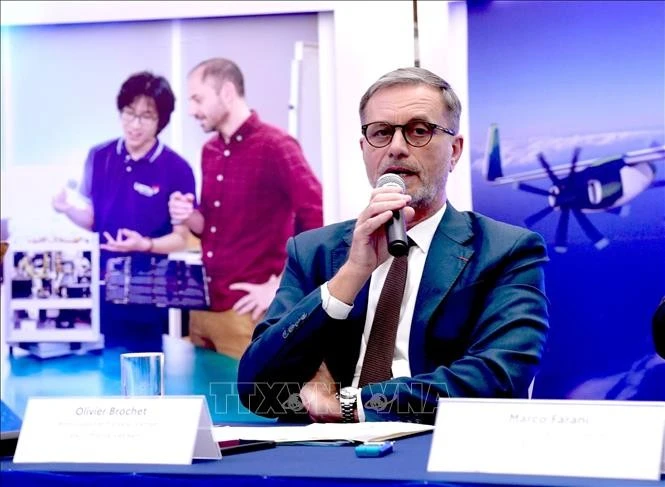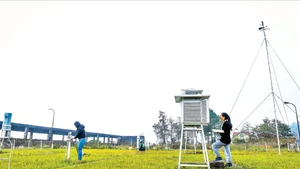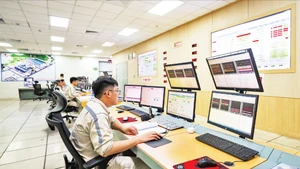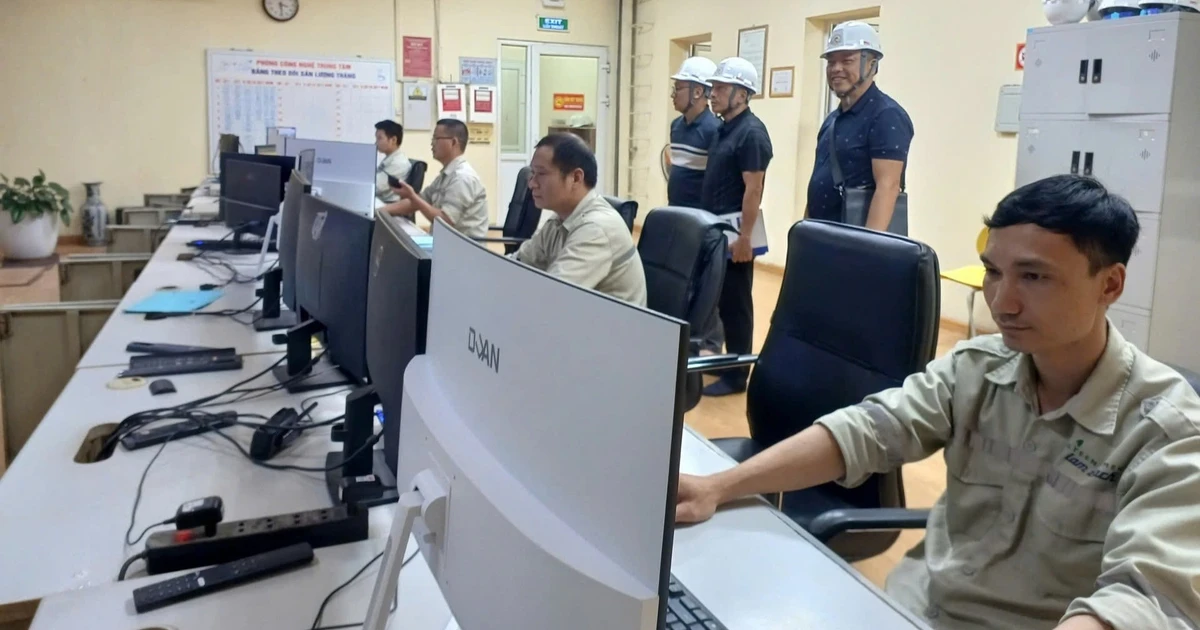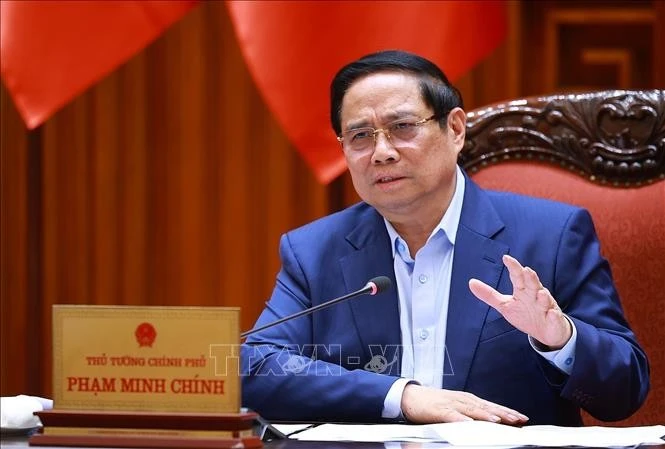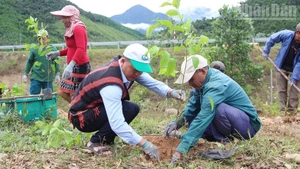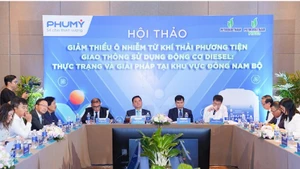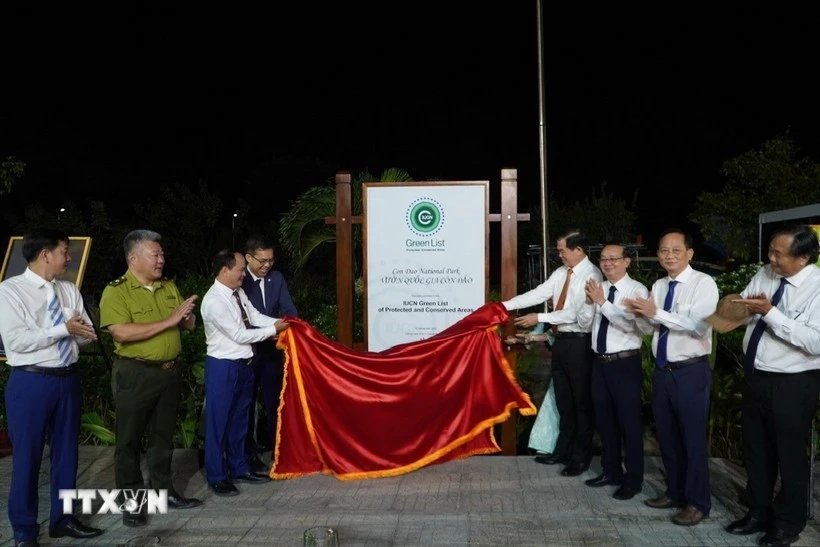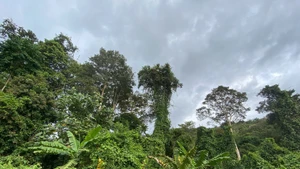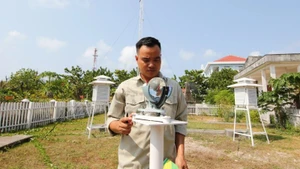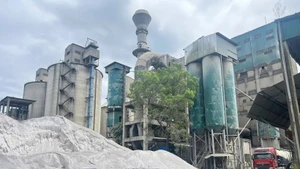Q: How do you assess Vietnam’s potential in developing a carbon credit trading market, particularly for forest-based carbon credits?
A: Vietnam has been recognised by international experts and partners as one of the countries with significant potential for greenhouse gas (GHG) emission reductions and forest carbon credit generation. As a developing economy with rapid growth, Vietnam has many high-emission industries, yet the adoption of advanced technologies remains limited. This means there is considerable room for reducing emissions and generating carbon credits.
"The carbon market is a relatively new type of market, yet many businesses have not effectively conducted greenhouse gas inventories. As a result, we lack a solid foundation for determining emission quotas — the very commodities of this market,"
Dr Tang The Cuong
However, several key aspects must be clarified. The first is the emission source control. Under the Project on Establishing and Developing Vietnam’s Carbon Market, over 2,166 enterprises are required to inventory and report their GHG emissions.
They are required to conduct greenhouse gas (GHG) inventories in accordance with the latest version of the “List of GHG-emitting establishments required to conduct GHG inventories”, issued biennially by the prime minister. According to Decision No. 13/2024/QĐ-TTg dated August 13, 2024, the facilities subject to mandatory GHG inventory include: thermal power plants; industrial production facilities with an annual total energy consumption of 1,000 tonnes of oil equivalent (TOE) or more; freight transportation companies with annual fuel consumption of 1,000 TOE or more; commercial buildings with an annual total energy consumption of 1,000 TOE or more; and solid waste treatment facilities with an annual operational capacity of 65,000 tonnes or more.
From now until the end of 2028, major GHG emitting sectors, including thermal power, steel production, and cement manufacturing, are expected to receive emission quotas based on the total national GHG emission allowance approved by the prime minister. Facilities can trade quotas and carbon credits to offset excess emissions, indicating substantial potential for emission reductions.
Secondly, regarding carbon sequestration capacity from forests, Vietnam has a relatively high forest coverage rate and favourable conditions for forest development, protection, and increasing carbon stock in its “natural carbon bank.” This progress positions Vietnam above the global average in forest coverage.
On the other hand, Vietnam’s carbon credit market has strong potential, as businesses have engaged in international credit trading since the 2000s under Clean Development Mechanism (CDM) projects. To date, Vietnam has registered over 300 programmes and projects under carbon credit standards, with 150 projects granted with more than 40 million carbon credits traded globally.
As a result, Vietnam ranks among the top four CDM project hosts (following China, Brazil, and India) and 9th out of 80 countries that have been issued carbon credits, primarily in renewable energy and energy efficiency. Recently, Vietnam has also developed renewable energy projects under carbon credit standards. Notably, the forestry sector has traded 10.3 million tonnes of carbon from emission reduction efforts in the North Central region.
Looking ahead, the carbon market is expected to play a pivotal role in achieving net-zero emissions by 2050. Its growth will create financial mechanisms for carbon credit trading, attracting international investment in green projects and technologies for Vietnam.
Q: Aside from profit opportunities, what key challenges must Vietnam resolve to develop its carbon market?
A: First and foremost, it is essential to continue improving the legal framework, particularly by specifying regulations on transactions; auctioning of greenhouse gas emission quotas; measures to ensure the security and safety of the carbon market; intermediaries and brokers for emission quota trading; fees and charges; and handling of violations, among others. Vietnam also lacks domestic carbon credit standards, and there’s a shortage of skilled human resources to develop and certify carbon credit projects.
In recent years, although selling carbon credits has brought additional benefits to businesses, such as generating extra revenue and enhancing market competitiveness, it is crucial to consider factors such as domestic demand for carbon credits, and international support in financial investment and technology transfer for implementing GHG mitigation measures. Therefore, the decision to sell or retain carbon credits must be carefully considered, balancing stakeholder interests while also anticipating a long-term strategy that reflects global carbon credit price fluctuations. At present, the Ministry of Agriculture and Environment has been reviewing existing programmes and cooperation agreements on carbon credit exchange mechanisms, offsetting, and bilateral, multilateral, and international transfers of GHG emission reduction outcomes, to ensure compliance with Vietnam’s Nationally Determined Contributions (NDCs) and alignment with national interests.
Implementing Decision No.232/QD-TTg as issued by the prime minister, the Ministry of Agriculture and Environment, in coordination with the Ministry of Finance, has been actively carrying out a series of tasks and solutions related to carbon market commodities; market participants; the national registry system and carbon credit exchange; operation of the carbon market; and raising public awareness and strengthening capacity.
Key tasks that have been being undertaken by relevant regulatory agencies to build and operate the carbon credit exchange include: drafting a government decree on the domestic carbon exchange; and establishing, managing, and operating a national registry system for GHG emission quotas and carbon credits, as well as systems for trading, custody, and payment of those quotas and credits.
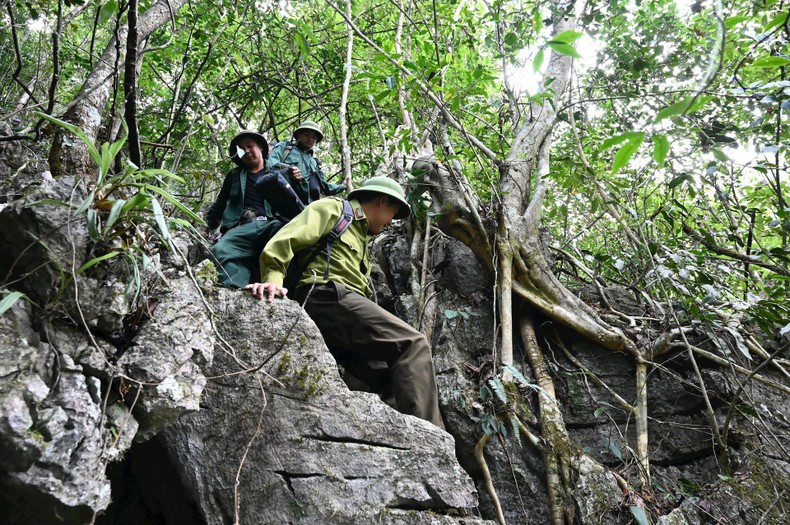 |
| Forest conservation efforts at the Cao Vit Gibbon (Nomascus nasutus) Species and Habitat Conservation Area, in Trung Khanh District, Cao Bang Province. (Photo: Nguyen Duc Tho/Fauna & Flora) |
Q: In the absence of a fully developed trading ecosystem, how can Vietnam effectively trade forest carbon credits?
A: Based on the Project on Establishing and Developing the Carbon Market in Vietnam, approved by the government under Decision No. 232/QD-TTg, Vietnam will proactively establish and develop a centralised carbon market model, ensuring market principles under the management and supervision of the state. This aims to accelerate the green transition, move toward the goal of net-zero emissions by 2050, and enhance the competitiveness of businesses in the marketplace.
To generate carbon credits and operate the carbon exchange effectively, we urgently need to finalise a decree on the carbon exchange, develop regulations on carbon credit standards, trading, quota auctions, violation handling, and focus on training human resources knowledgeable in carbon credit project development and evaluation. It is also essential to learn from countries with great experience in this field and enhance international cooperation for technical support.
Thanks to the government's efforts in completing the necessary legal framework, improving capacity, and strengthening international cooperation, I believe Vietnam will successfully pilot the carbon market and officially operate the carbon exchange by 2029, as targeted, making a positive contribution to the country's green transition goals.
Thank you very much!


